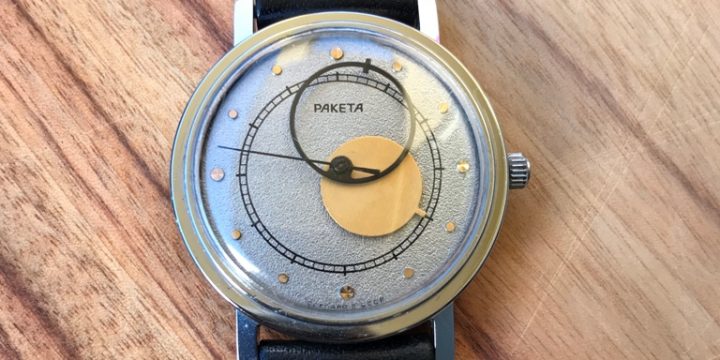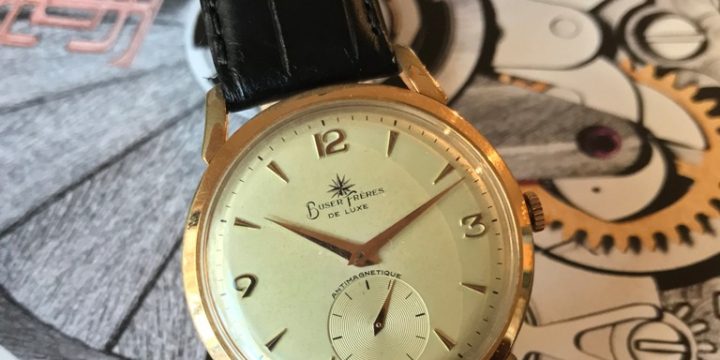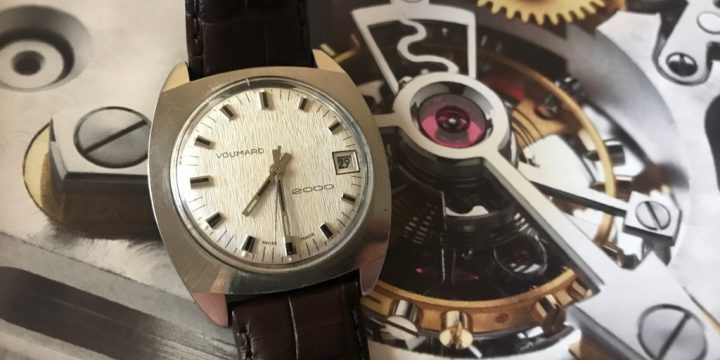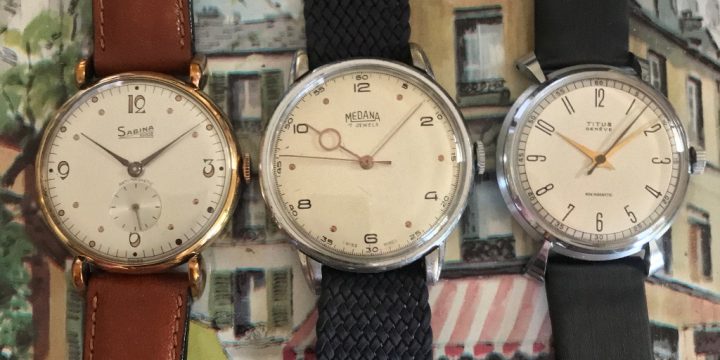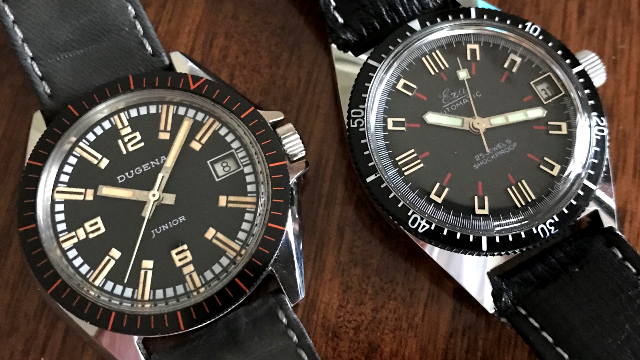
TBT – Dive into a vintage world
Once you go down the rabbit hole of vintage watch collecting, it can be a difficult task to find your way back out again. With countless brands, designs, and price points to work with, not to mention the thrill of tracking down that elusive ‘rare bird’; there are many ways a collector can structure his collection. Some choose to solely focus on one brand or reference, whereas others are happy to simply go after designs they like and develop some variety. Over the years I’ve been actively collecting vintage watches, I’ve ended up building ‘collections within collections’, with Swiss, German and French skin divers being regular additions! Skin divers are lesser diving watches, in that they generally lack a depth rating and screw-in crown. What they forgot in actual diving…


